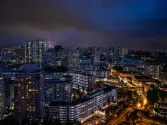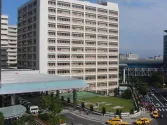Here's why solar parks are paying off
By Agostinho Miguel GarciaThe solar park concept is similar to an economic zone dedicated to the generation of power through solar energy and also to the manufacturing of solar energy components. A Solar Park will hold a number of solar power plants and manufacturing outfits, each developed by separate or the same groups/promoters.
The concept aims to accelerate the development of solar power generation projects, by providing developers an area that is well characterised, properly infra-structured, and where the risk of the projects can be minimised as well as facilitation of the permitting process.
The deployable technologies are PV with and without tracking, CPV, and CSP. The manufacturing hub can be for any of the components of these technologies or for the whole assembly of products or systems – PV, CPV, and solar field of CSP technologies.
Concentrated zones of development may also serve as centres for the deployment of new technologies to be scaled up by setting up appropriate research and development facilities and may also provide targeted economic and employment opportunities, and growth for specific locales or regions. A Solar Park will apply any of the same principles as an SEZ. Generally speaking we will have:
• One or more blocks of land will be designated and pre-permitted as a concentrated zone for solar development
• Individual solar plants will be constructed on the land in a clustered fashion
• Common transmission and infrastructure
• Economies of scale
• Use of less expensive, domestically-manufactured components: structures, pressure vessels, turbines
• Manufacturing of components locally
• Large-scale demand
As part of plans to end blackouts, India aims to set up solar parks with a combined capacity of 22 gigawatts. The Solar Energy Corporation of India (SECI) on behalf of Government of India and the Ministry of New and Renewable Energy handles the funds to be made available under the Scheme for development of Solar Parks and Ultra Mega Solar Power Projects.
In Rajastan the Rajasthan Renewable Energy Corporation Limited (RRECL), the State Nodal Agency of the Government of Rajasthan, through an SPV Company called "Rajasthan Solarpark Development Company Ltd." (RSDCL), developed Bhadla Solar Park. Initially with the support of Clinton foundation and continued by the Asian Development Bank with technical assistance has achieved two records in tariffs:
• Phase I with 100MW only under bid achieved 75MW of IPPs in 2013 with a tariff of 6,45 INR (0,10 USD), the lowest under the phase I of the National Solar Mission
• Phase II with 420MW under bid achieved the tariffs of 4,34, 4,35, and 4,36 INR (~0,065 USD) in early 2016, the lowest under the phase II of the National Solar Mission (until this stage), beating another solar park in Andrah Pradesh that achieved 4,61 INR end of 2015.
Solar parks have also changed the landscape in Dubai when the Mohammed bin Rashid Al Maktoum Solar Park of 1000MW, developed by DEWA, achieved a remarkable 0,0299 USD this year, becoming the lowest PV tariff in the world when they bid the third phase of 800MW. They promise now to revolutionise the CSP landscape next with a similar approach.
The approach of solar parks for CSP had already returned a good result in Morocco and specially in Ouarzazate where 160MW, 200MW, and 150MW have been awarded recently with much lower tariffs than elsewhere and with a substantial reduction based on the Spanish tariffs.
The Solar Corridor in South Africa promised 5000MW developed in five or six solar parks, which the first with 1500MW in the Northern Cape is now being developed and record break tariffs are expected as well.
The lessons learned indicate that solar parks are a good investment and should be considered when substantial capacity exists to be procured and the solar resource is good or very good. A solar park in Chile would be interesting to see the achieved tariffs or in Australia, both with a substantial solar resource.


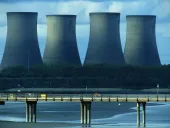
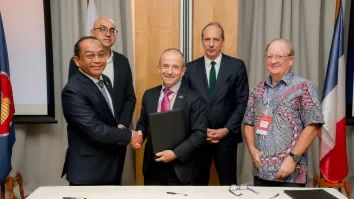

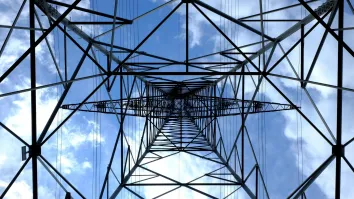

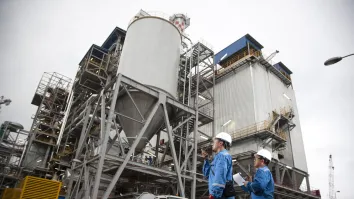
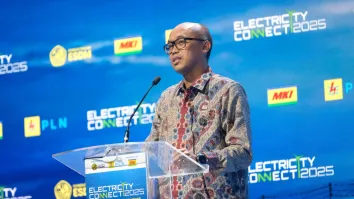
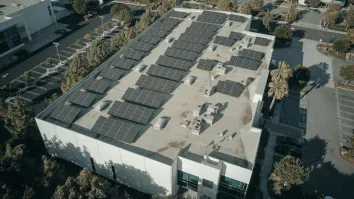

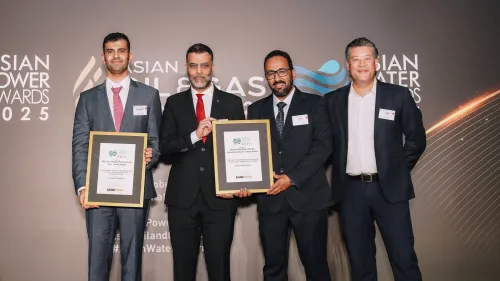
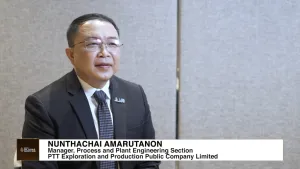
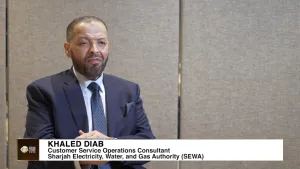
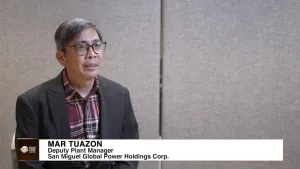
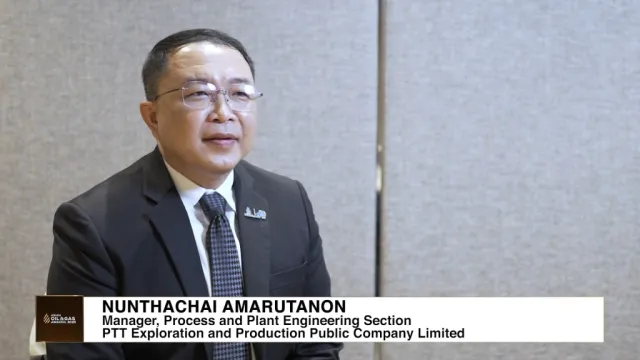

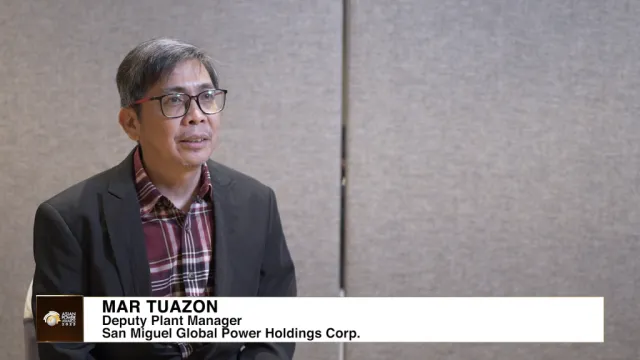
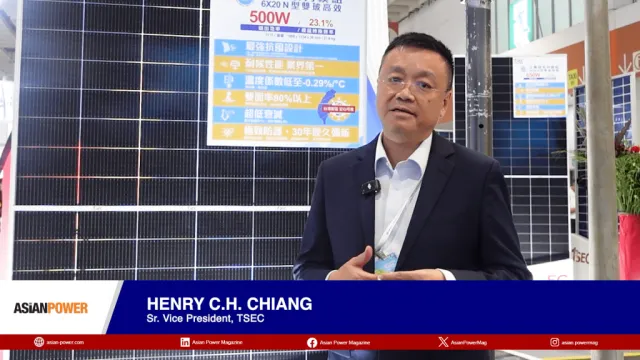

 Advertise
Advertise
